How to Grow Eggplant in India: Simple Steps for a Bountiful Harvest
Eggplant, or "baingan," is a staple in many Indian dishes, but getting a good yield can feel tricky if you’re new to it. The good news is that eggplant isn’t picky – it just needs the right soil, watering rhythm, and a bit of attention to pests. Below you’ll find a no‑nonsense plan that works for balconies, small backyards, and larger farms alike.
Preparing Soil and Planting Eggplant
Start with a well‑draining mix. A blend of garden loam, garden sand, and a handful of compost works wonders. Aim for a pH between 5.5 and 6.5; a quick soil test can save you headaches later. If the soil is heavy, add coarse sand or perlite to improve aeration.
When it’s time to sow, wait until the outdoor temperature stays above 20 °C at night. Direct‑seed by placing 2‑cm deep rows spaced 75 cm apart, or start seedlings in trays 4‑5 weeks before the last frost and transplant them when they have 3–4 true leaves. Transplant spacing should be 45–60 cm between plants – this gives each fruit room to expand.
Choose varieties that match your climate. In the north, “Hyderabad Long” and “Pusa Kranti” handle cooler evenings well. Down south, “Kranti” and “Vikas” thrive in hot, humid conditions. Picking the right type can boost both yield and flavor.
Managing Pests, Watering & Harvest
Watering is the biggest mistake many gardeners make. Eggplant likes consistent moisture but hates soggy roots. Water early in the morning, giving each plant about 2‑3 liters per week, more during peak summer. Mulching with straw or dried leaves helps keep the soil cool and reduces water loss.
Fertilize with a balanced N‑P‑K (10‑10‑10) at planting, then switch to a higher phosphorus mix (5‑15‑10) once the first fruits appear. A side‑dressing of compost or well‑rotted manure each month keeps the soil fertile.
Pests are inevitable, but you can keep them under control without chemicals. Spider mites love the undersides of leaves – spray a neem‑oil solution weekly. For fruit borers, place a sticky trap near each plant and rotate crops every 2‑3 years. If you notice yellowing leaves, check for aphids; a mild soap spray usually knocks them out.
Harvest when the fruit’s skin turns glossy and the stem snaps cleanly. Picking too early yields small, bitter fruits; waiting too long makes them soft and split. A good rule of thumb is to harvest every 7‑10 days once the first mature eggplant appears.
With the right soil, consistent watering, and a quick pest check, you’ll see a steady stream of glossy purple eggplants all season long. Try these steps in your garden and enjoy fresh baingan straight from the bed – it tastes way better than store‑bought, and you’ll save money too.
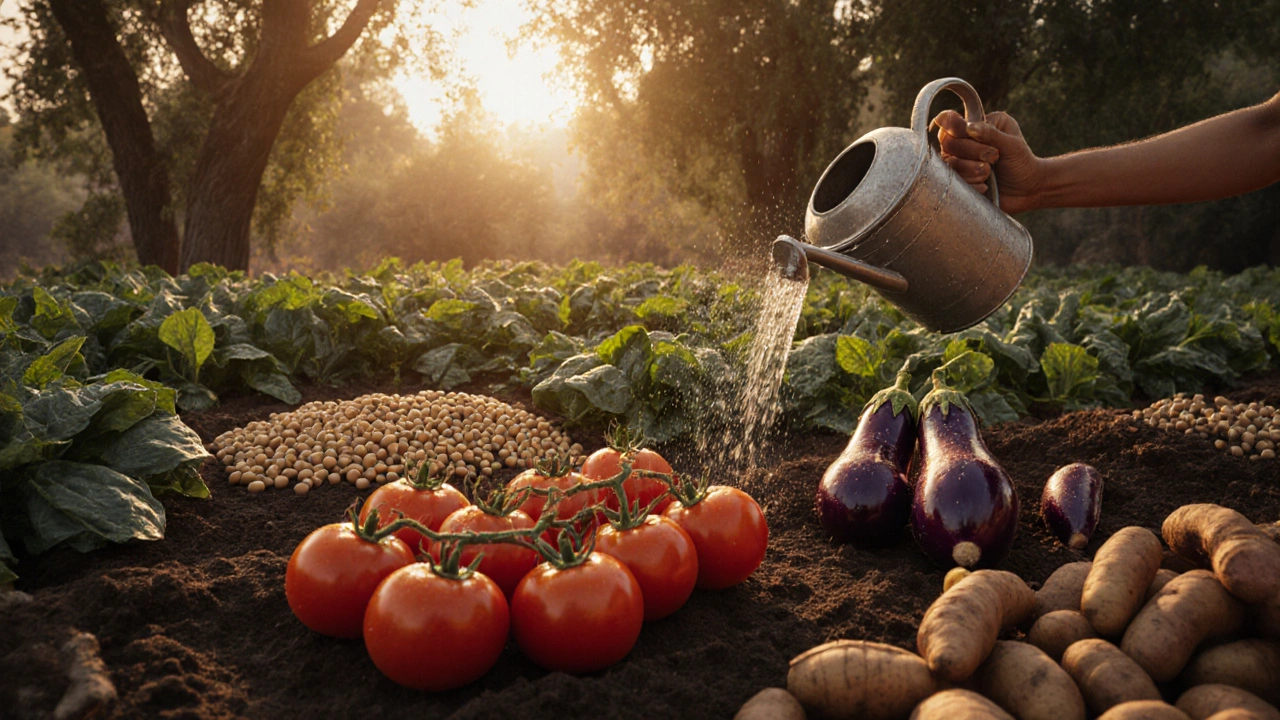
What Is the One Vegetable That Damages Your Insides? The Truth About Nightshades in Indian Gardens
No single vegetable damages your insides - but myths about nightshades like tomatoes and potatoes persist. Learn the truth behind digestive complaints, how soil health affects plant safety, and what really causes discomfort in Indian home gardens.
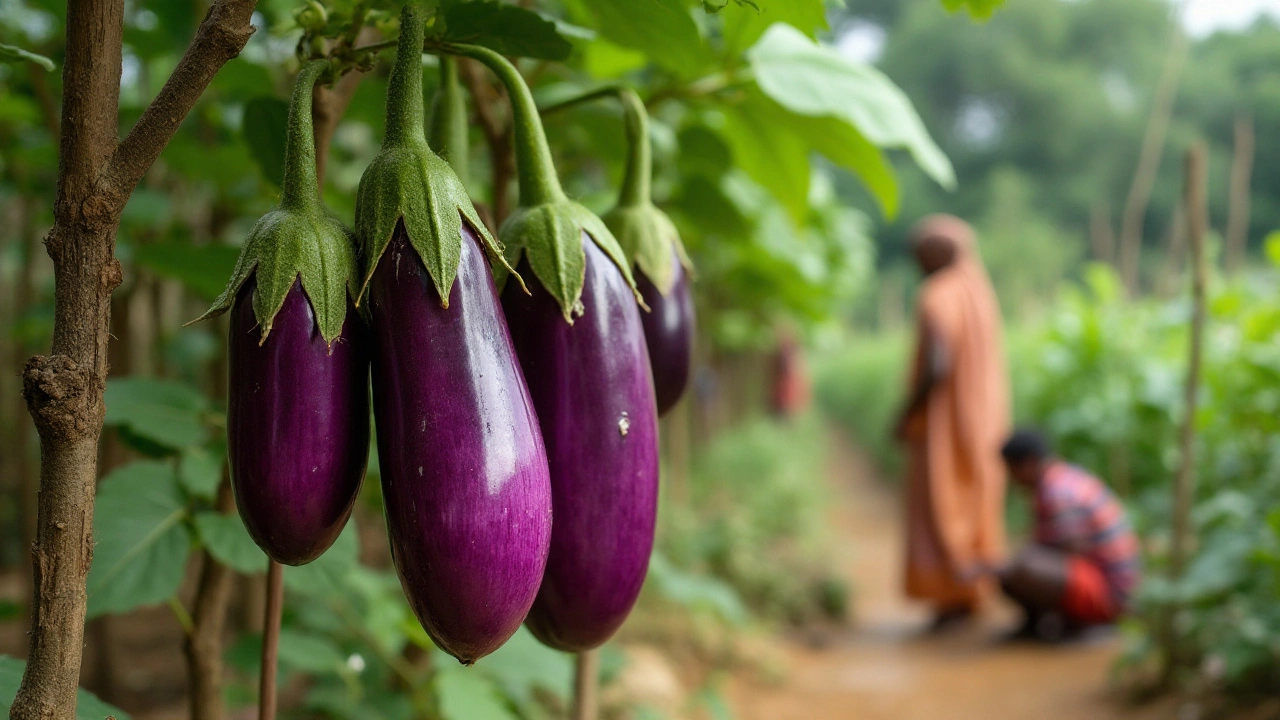
Why Do We Call the Eggplant the Queen of Vegetables in India?
In the realm of vegetable gardening in India, the eggplant reigns supreme with the affectionate title of 'the queen of vegetables'. This article explores the reasons behind its lofty status by delving into the historical significance, culinary versatility, and gardening tips associated with this beloved vegetable. Learn what makes the eggplant a standout choice for gardeners and food enthusiasts alike in India. Discover how it thrives under specific growing conditions, making it a delightful inclusion in many home gardens. Whether you're a seasoned grower or a budding enthusiast, gain invaluable insights to cultivate and appreciate this regal plant.
About
Vegetable Gardening, Gardening
Latest Posts

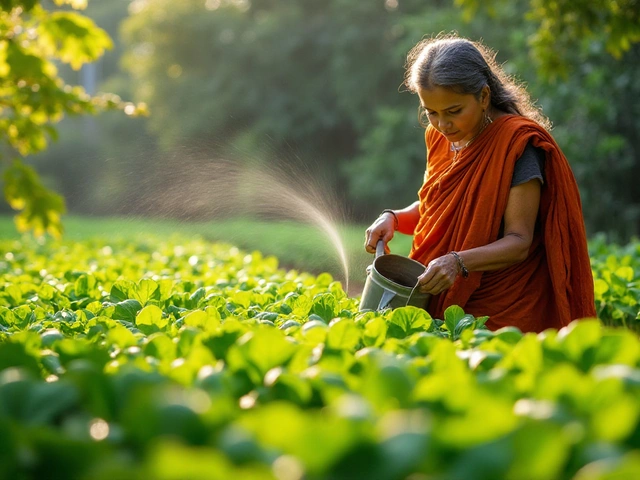
Discovering India's Healthiest Vegetable for Your Garden
By Alden Thorne Dec 14, 2024
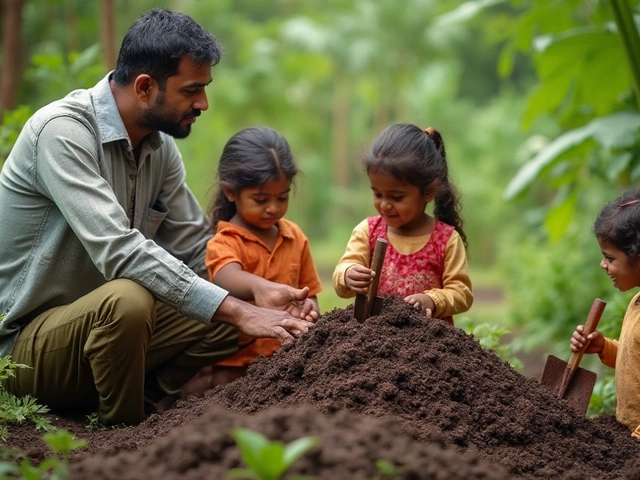
Mastering Organic Composting with Effective Activators
By Alden Thorne Jan 26, 2025
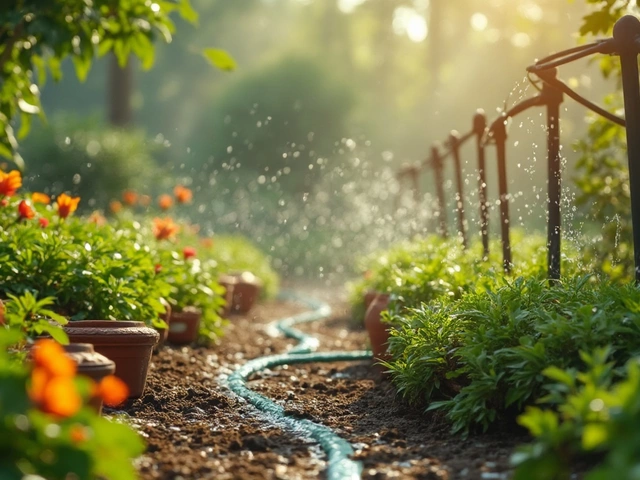
How Much Water Should Flow from Your Drip Line?
By Alden Thorne Mar 28, 2025
